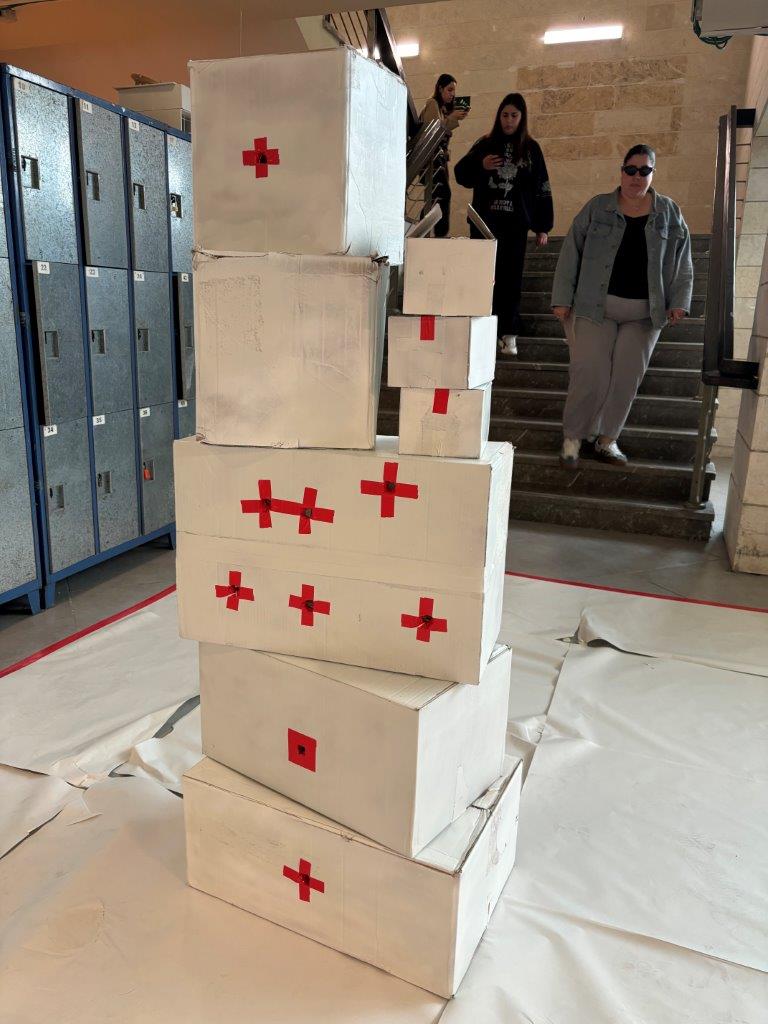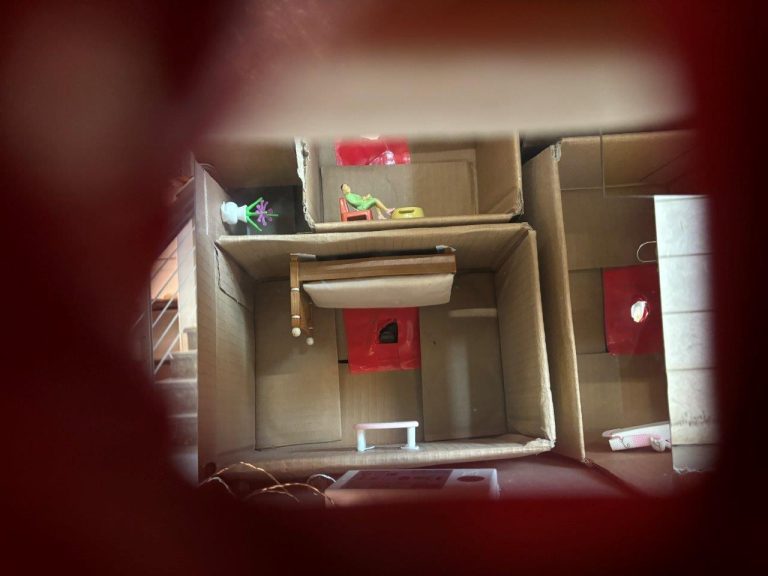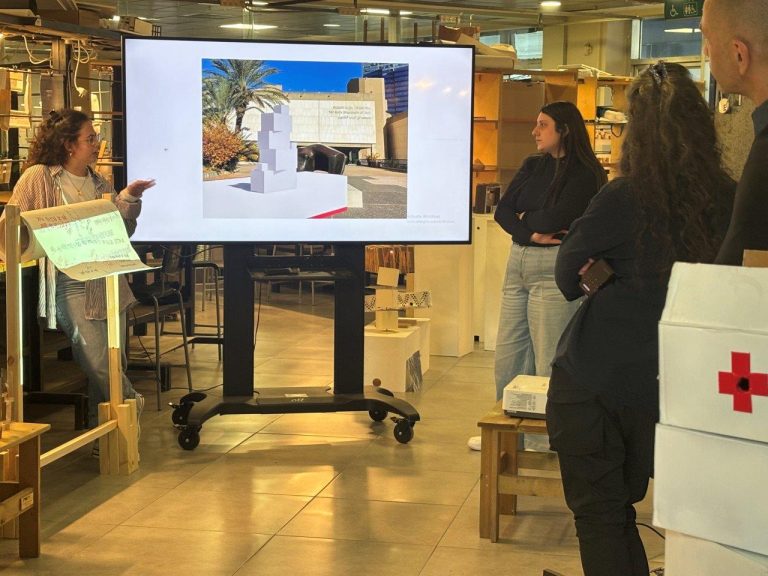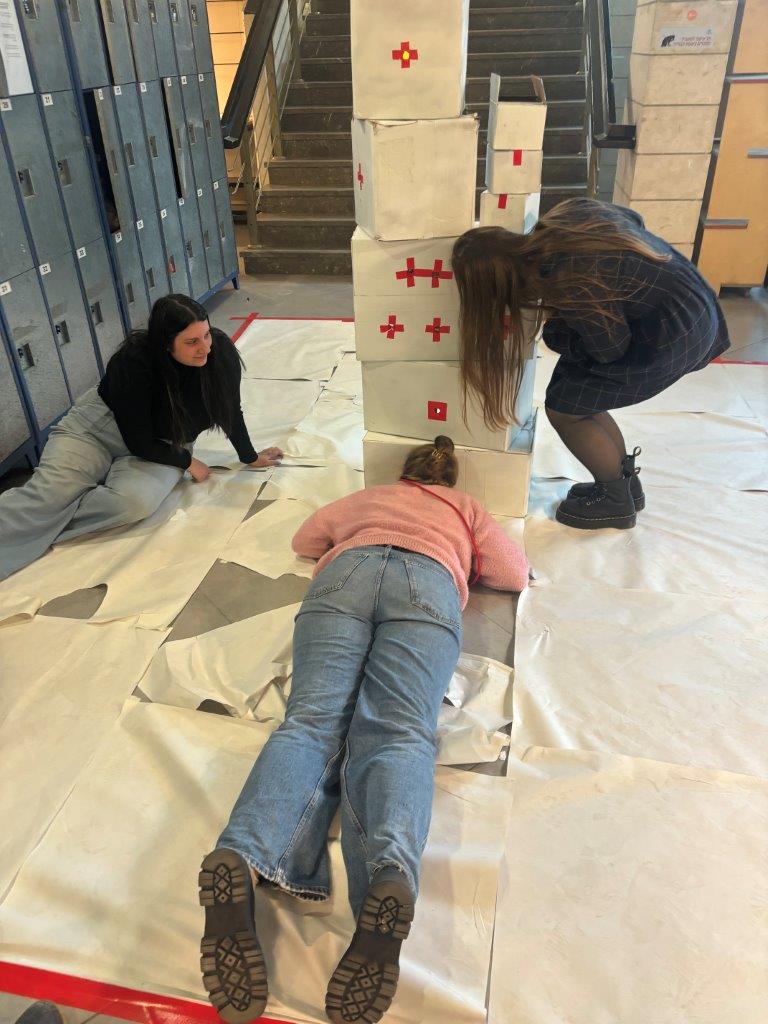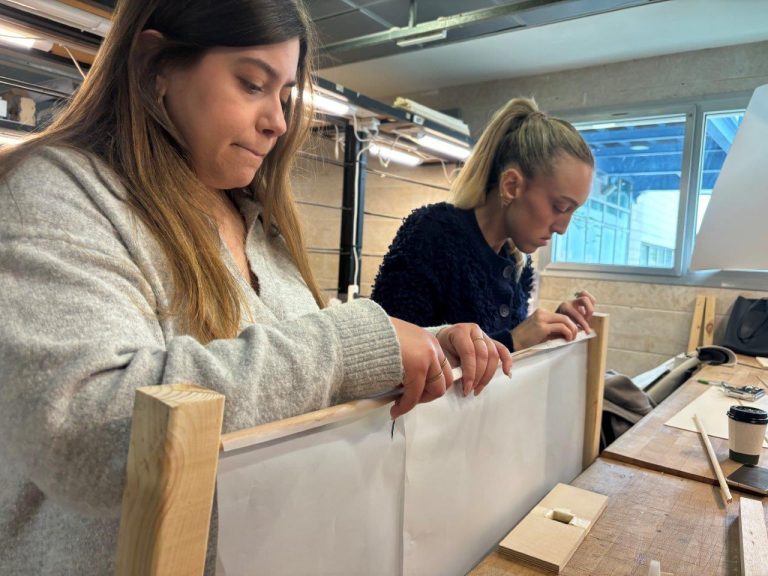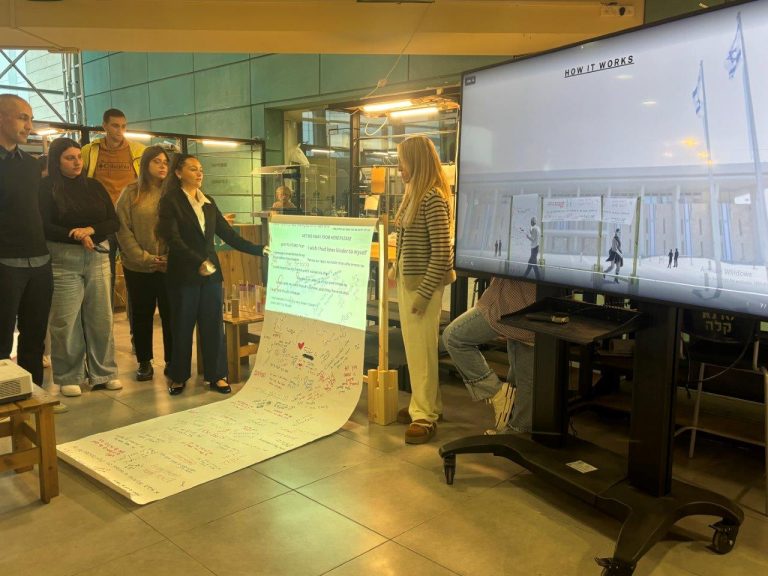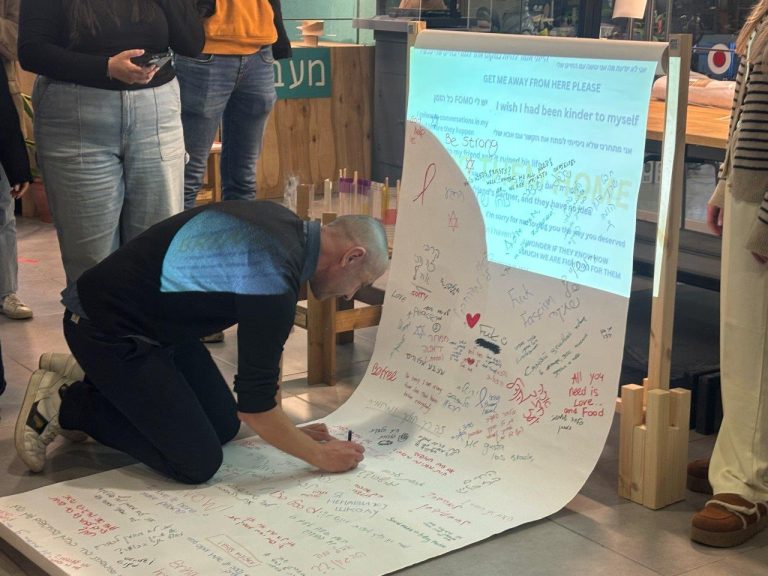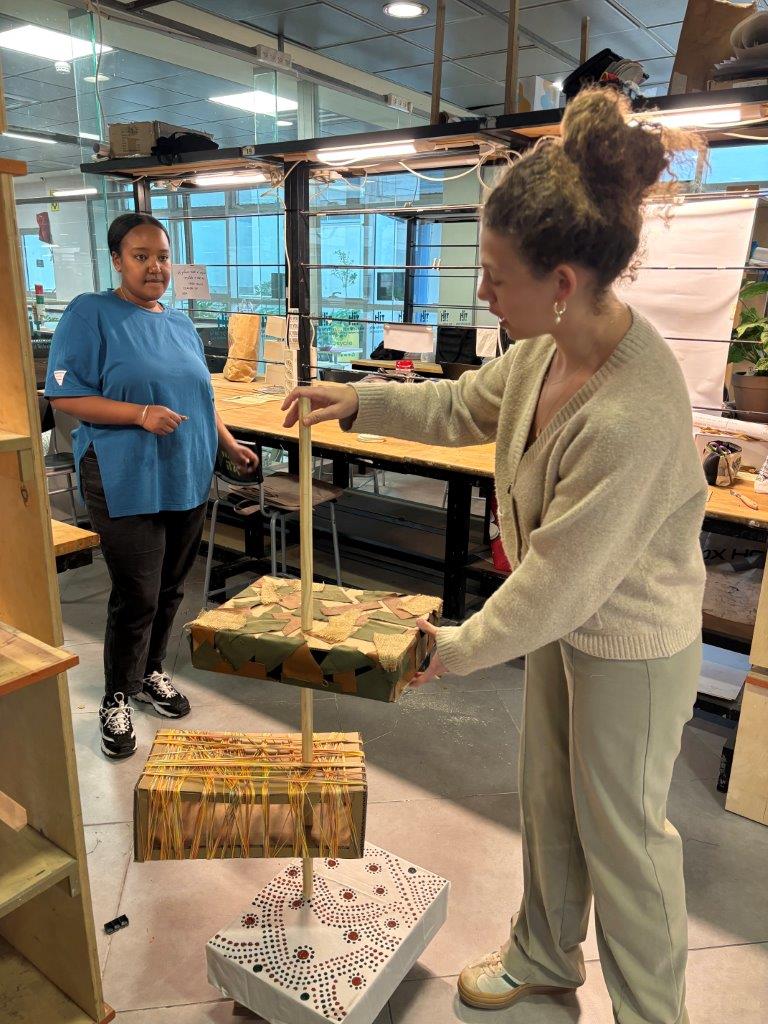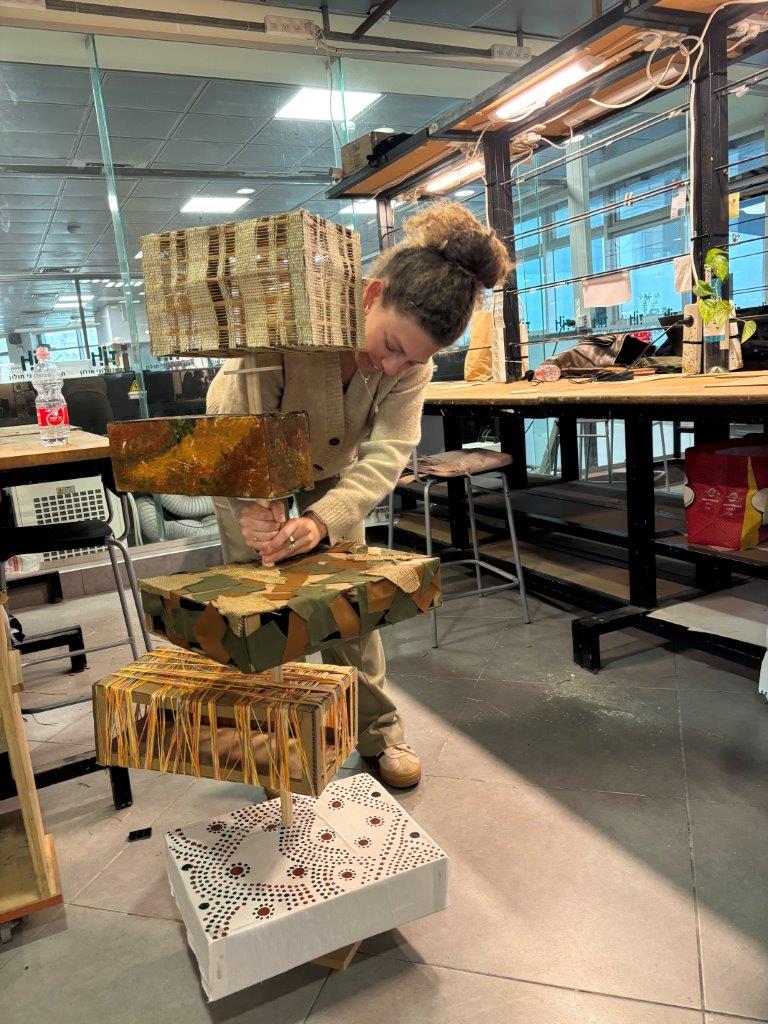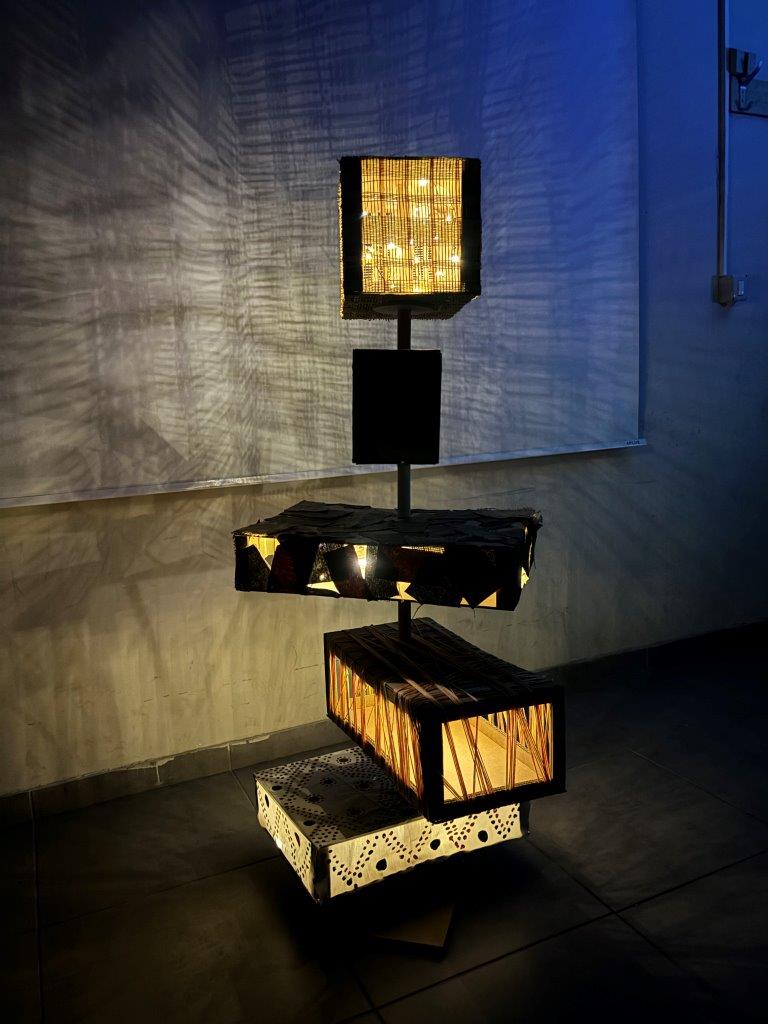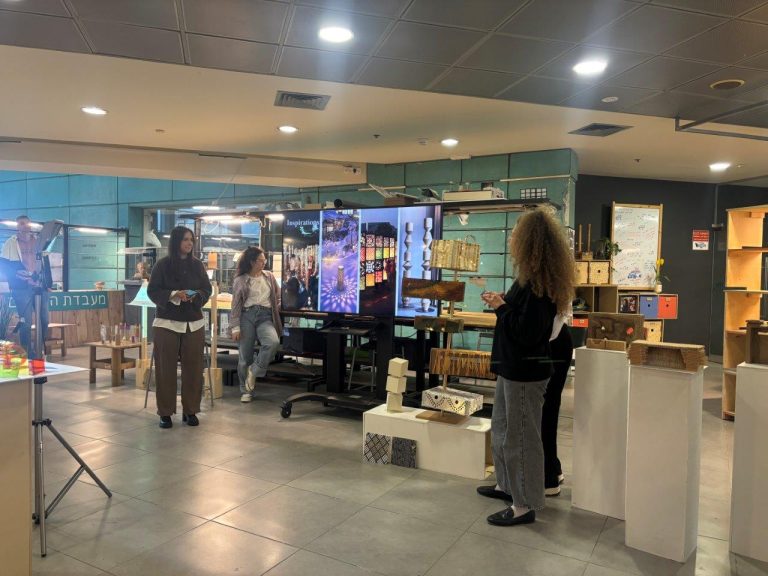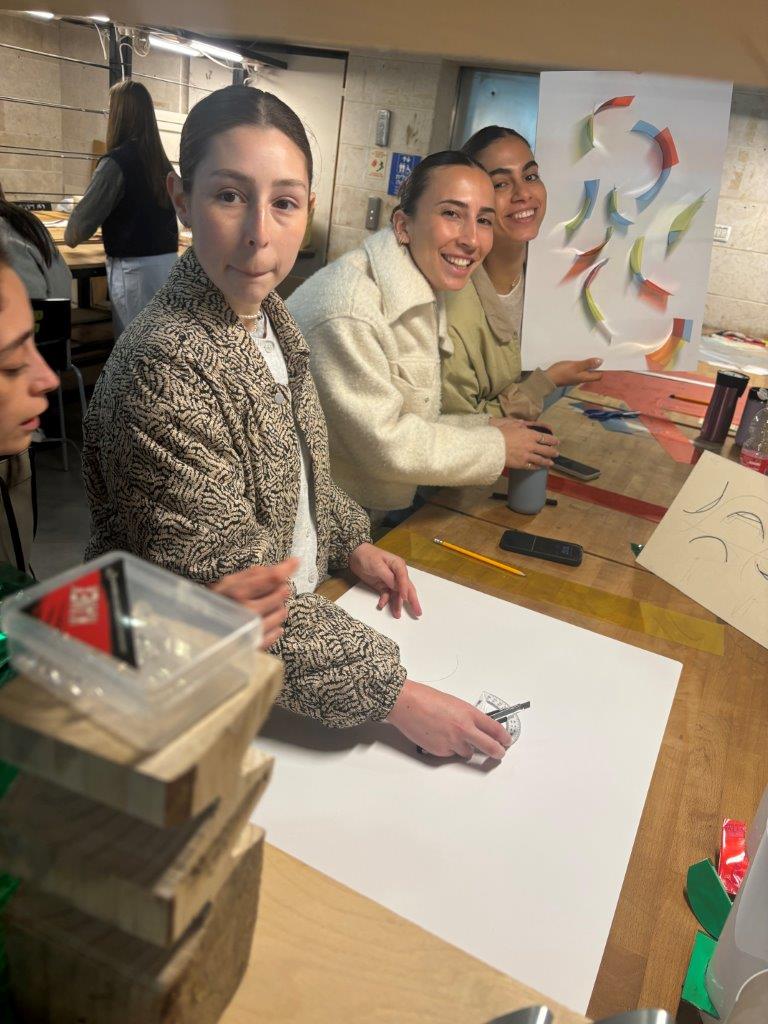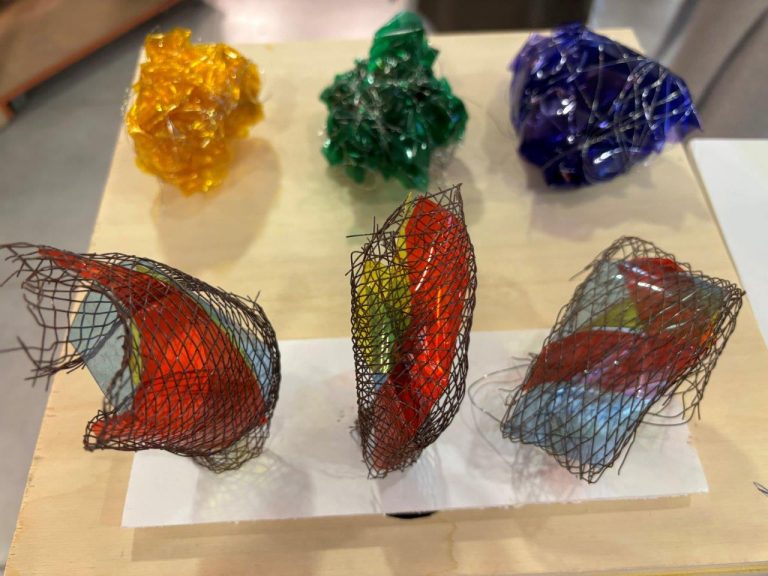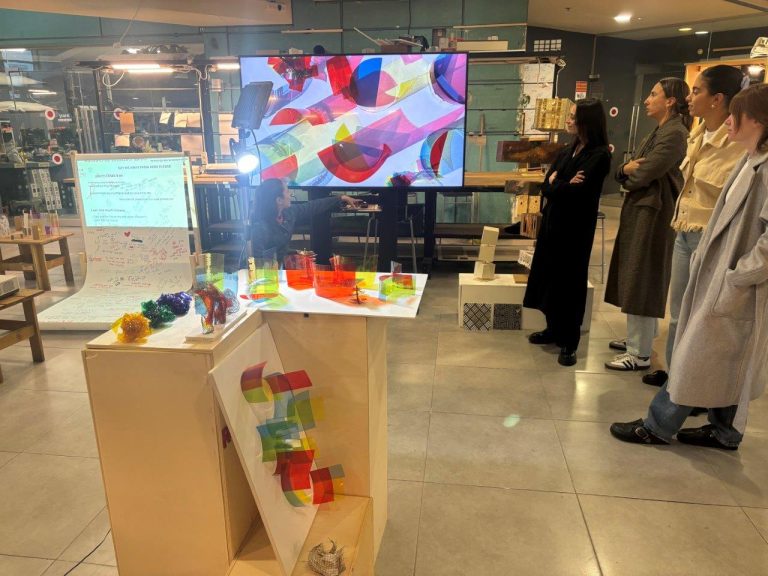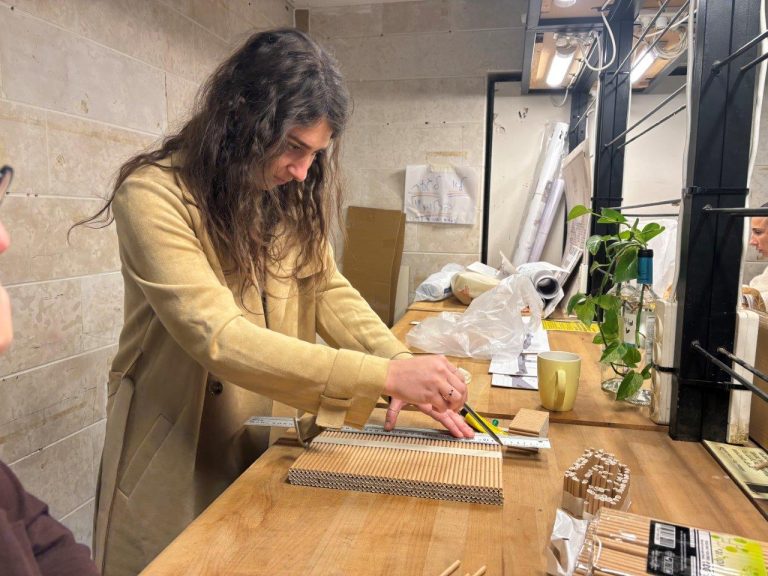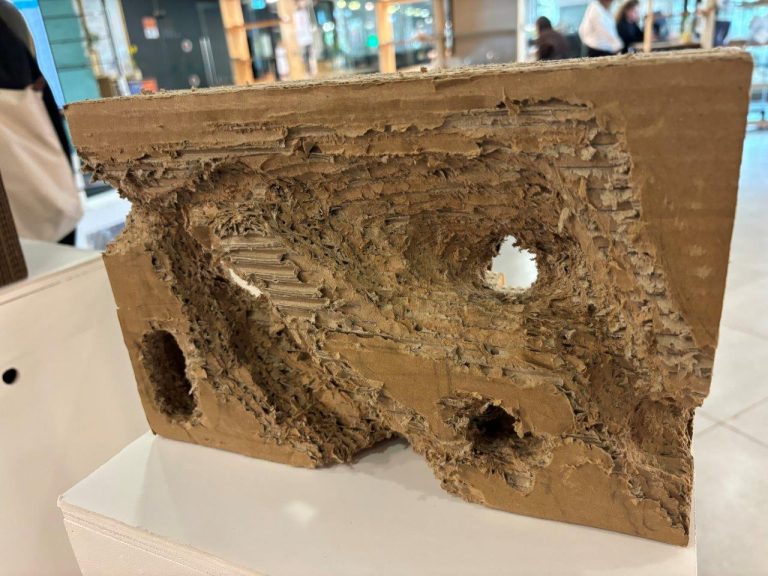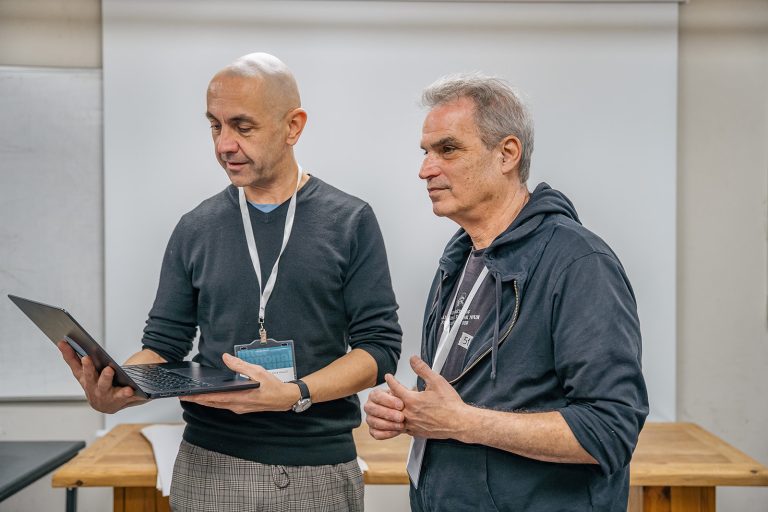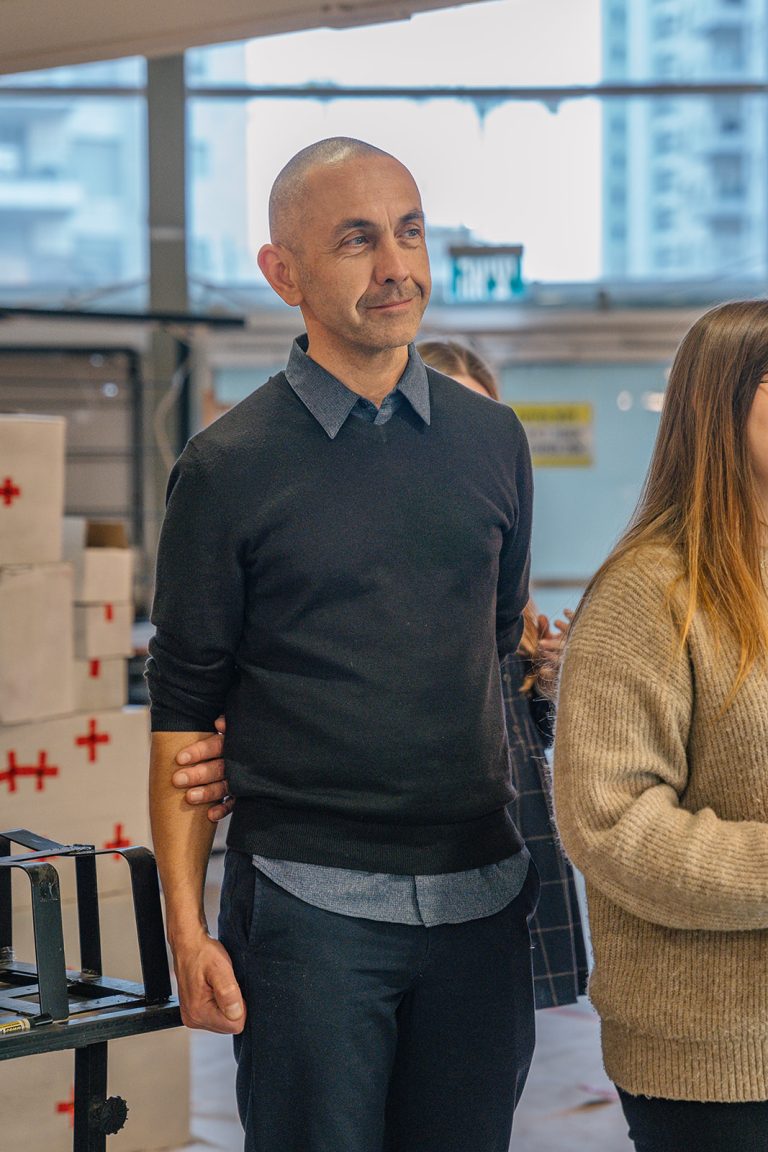Fascist regimes are characterized by anti-intellectualism, opposition to diversity, dissent, and critical thought, writes Umberto Eco in his essay Ur-Fascism (2001). “Therefore, culture is suspect insofar as it is identified with critical attitudes.” (Eco, 2001, p. 19) Fascist thought rejects the idea of advancement through learning and, quite generally, any progress culture or art might propose but conjures up the illusion of a culture of yesteryear that is supposedly immutable and fixed. The use of design in fascist politics often focuses on aesthetical unification (fasces), displays of power, and a theatrical approach to mass culture and mass media, including the strategic staging of events and opinions, aiming to blend opinion and reality through the creation of “alternative facts.” From entertainment to surveillance measures, the possibilities of a fascist approach to design have multiplied. But what would an anti-fascist approach to design look like? What can become a stage that does not unify but diversify and question unchecked power? How can the “suspect” aspects of culture and critique be strengthened by design approaches? What objects, spaces and digital or phygital environments can we envision? Consider which characteristics (e.g., size, weight…) will change when using this object. What performative value is generated and to what end? These questions should lead workshop participants to an object that supports an antifascist approach when used.
Mr. Leonhard Grond
Leonhard Grond works with Ruth Anderwald as artists, curators, and artist-researchers; 2021-24 as professors for the PhD programme (PhD in Art), University of Applied Arts, Vienna. They have exhibited internationally, e.g., Centre Pompidou, Paris, Himalayas Art Museum, Shanghai, Herzliya Museum and Tate Modern, London, and have curated for Kunsthalle Wien, Whitechapel Gallery London, CCA Tel Aviv, Kunsthaus Graz, U-jazdowski Castle Warsaw,a.o.
They initiated the FWF-PEEK projects Dizziness÷A Resource (2015-17) and Navigating Dizziness Together (2020-24) and the EU-funded artistic research The Arts of Resistance (2024-2025) and ART WORKS! European Culture of Resistance and Liberation (2019-21) with Museion Bolzano, Museum of Contemporary Art Zagreb, wannseeFORUM Foundation, HKW Berlin, Foundation Between Bridges, HBK Braunschweig. Their publications include the edited volume Dizziness—A Resource, Sternberg Press, 2019.
Arch. Udi Cramsky
Head of Interior Design Department, HIT
